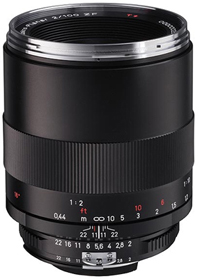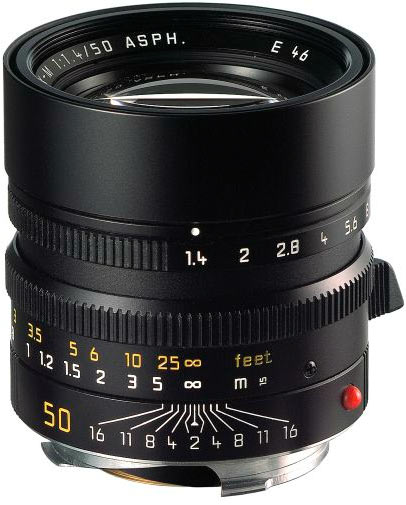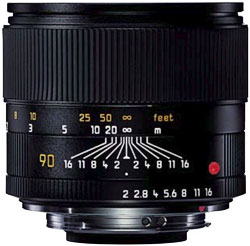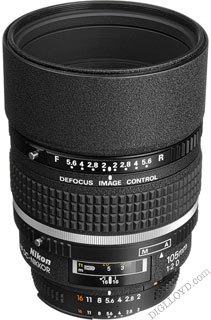Lenses as an Investment; Electronic Lenses vs Manual Control
This post is repeated/updated from September 2012, posted again here in Dec 2014 for its continuing relevance, and for reader Wayne P’s comment that follows.
...
A reader writes in response to my lenses as an investment:
Lenses like those in your "world class" category, superbly crafted manual focus lenses with aperture rings, certainly, and especially when they can be purchased in excellent condition at a great discount.
But I'm wondering about the expected longevity and adaptability of the newest Nikon lenses for the reasons, for example, given in the some online posts (plastic, electronic, motorized lenses, lacking an aperture ring, unreliable (based on LensRentals.com experience), restricted spare parts to put independent repair shops out of business, reports of "nightmare" warranty repair refusal due to "impact damage" and of refusal of paid repairs based on serial number, difficult to adapt to other camera systems unlike Leica R and Contax C/Y lenses that were able to outlive their systems to retain their value):
Or for that matter, if the Leica S2 system has no S3 successor (or an S4 ... after that), can those spectacular lenses that lack aperture rings (and do they have sufficient retrofocus) to actually be successfully adapted for use on other systems, like the Hasselblad V lenses can?
DIGLLOYD: Well made lenses do not come at much of a discount any more. Continued below...





Manual aperture ring, focusing helicoid or manual focus option, no electronic requirement
If we have an EMP (electromagnetic pulse), anything electronic will die. And then there are other worries more fundamental. So I suppose one can take things as far as one wishes in terms as worrying about the worst, but I don’t sit around worrying about the worst.
I wholeheartedly agree that the trend to electronic lenses is a step backwards. The idea of updating firmware in a lens is atrocious. Nikon has taken a HUGE step backwards with its “G” lenses, rendering them useless on Canon and other platforms, unlike millions of prior Nikkors. A very good reason to invest in Zeiss ZF.2 instead.
The older Nikon (non-G) and Zeiss ZF.2 lenses can be used completely manually, so they are good forever. Ditto for Leica M, Leica R and Voigtlander for Nikon/Leica. And this is why Canon EF, Zeiss ZE and the newer Nikon “G” lenses (no aperture ring) SUCK for longevity— they either cannot be used at all cross-platform, or at least not without a special electronic adapter, many of which have various issues.
So if one wants to invest in the best glass, and one is willing to tolerate full manual focus and aperture, conventional lenses with a manual diaphragm (Zeiss ZF or ZF.2, Hasselblad V, Leica M, Leica R, Voigtlander for Nikon or Leica, etc)— those are the lenses to invest in. And the ones least likely to need repair (in my own experience). And the ones I deem most likely to hold future value.
Zeiss ZF.2 lenses can be used (by virtue of the mechanical aperture ring) on Nikon, Canon, Sony, and others. And they a great for video on Canon, with full manual aperture and focus.
As far as Leica S lenses, yes, they suffer from excessive future-creep including lousy manual focus feel— I wish they had been designed with a manual aperture ring and a helicoid and were thus adaptable to a Nikon or Canon body. Perhaps there is an adapter out there. But at least Leica is now quite profitable, and thus there is little chance of a service problem.
See also :
- Lens Performance: What Matters
- Which Wide-Angle Lens is Best?
- Blur Can Be Beautiful
- Lenses as an Investment; Electronic Lenses vs Manual Control.
- My Reference Lenses For Testing Sharpness.
- Shooting a New Lens — Focus.
- What Does Depth of Field Mean on a 36 Megapixel Camera?
- Nikon D800 / D800E — Which Nikon Lenses?
- Reader Comments on Lens Reviews.
Wayne P writes in Dec 2014:
Great comments on lenses as Investment.
The following can only pertain to lenses as valued by the non professional. Where Lens= Revenue, things obviously become different.
In life, it has been my experience a sense of achievement comes only after some considerable effort on my part; generally, the harder the going, the greater the sense of achievement. Furthermore, at age 55, I make a distinct connection between achievement and happiness…….It kind of goes along with the old adage: Happiness comes from within.
“Investment” is a nebulous term and probably has as many definitions as there are people on Earth. For me, at least in part, I consider something to be a good “Investment” when I look back on the thing and realize it has brought, or will continue to bring, opportunities to pursue enjoyment and happiness.
Furthermore, at least for me, personal engagement is required for a real sense of achievement. In support of this I ask: “How can diminishing levels of personal engagement in a process not reduce the sense of achievement, and thus, happiness?”
Yesterday was Christmas. I used my Nikon D750 with the Zeiss 55 1.4 and my GH4 with the 42.5 1.2….Both, brilliant cameras and lenses. For some reason, I feel a greater sense of personal attachment to the photos from the Nikon, Zeiss combination. The D750, GH4, and the 42.5 did everything for me- and competently. The Zeiss required my full engagement……And should HE decide to take up photography, that Zeiss lens will require my grandson’s full engagement as well.
In my view the Zeiss lens does enter in the realm of “Investment.” The D750, GH4, and 42.5,? they exist in the realm, and will likely suffer the same fate as my modern Whirlpool appliances. I shall not get too attached to them.
Thanks for the great articles Lloyd.
DIGLLOYD: the “involvement” aspect is an excellent point helps explain why some cameras appeal, and some do not, which of course can vary by person.
Could it be that less involvement means less discipline in making images? I also feel the attractive force of some cameras, as Wayne points out so well here. Cameras I would put into this camp include the Nikon D810 with Zeiss primes (ditto for Canon equivalents), the Sigma DP Merrill line, and the Leica M Typ 240. All of these cameras share some kind of demand on me: manual focus and/or careful handling of exposure and focus. Out in the field, these all bring me much more satisfaction than the Sony A7 or RX1R series, or even the Ricoh GR.





























